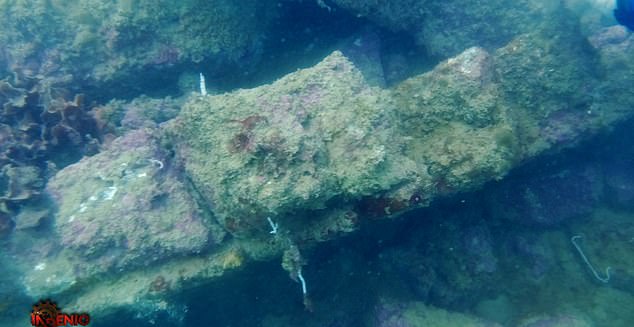
Archaeologist Claims Atlantis Discovered Near Major City Coast with Underwater Video Evidence
Has Atlantis Been Found Off Spain’s Coast? Archaeologist Claims Discovery
Plato’s ancient texts describe a sophisticated civilization—Atlantis—devoured by the sea over 11,600 years ago. Now, archaeologist Michael Donnellan claims to have discovered its ruins just two miles off Cádiz, Spain. Despite scholars dismissing Atlantis as myth, Donnellan insists underwater footage and scans of concentric walls, canals, and a central temple-like structure align with Plato’s account.
The Discovery
After eight years mapping the coast using sonar and LiDAR, Donnellan identified massive, 20-foot-tall circular walls and canals resembling Plato’s descriptions. The outermost wall showed tsunami damage, while inner walls were “completely displaced.” At the center lay a rectangular ruin Donnellan links to Poseidon’s temple—the heart of Atlantis.
Image suggestion: Sonar scan of concentric walls underwater.
Plato’s Atlantis: Myth or Reality?
In Timaeus and Critias (360 BC), Plato placed Atlantis beyond the Strait of Gibraltar, ruled by King Atlas. The city boasted grand architecture, concentric rings of land and water, and a tragic end: a cataclysmic flood sinking it in a day. Donnellan argues Cádiz, known as “Gades” in antiquity, matches Plato’s location.
Image suggestion: Historical map of ancient Gades (Cádiz).
Evidence from the Deep
Dives revealed sharply angled walls, uniform stone blocks, and scattered rectangular stones “consistent with an ancient metropolis.” Donnellan emphasized the orderly, non-Roman/Venetian style, suggesting a far older origin. Scans also showed structures aligned to cardinal directions, mirroring Plato’s “rectangular, north-south oriented” city.
Image suggestion: Divers inspecting submerged stone blocks.
The Cataclysm Theory
Plato attributed Atlantis’s fall to divine punishment, but Donnellan theorizes a real-world disaster. He cites the controversial Younger Dryas period (~11,600 BC), linked by some to abrupt climate shifts. Massive tsunamis could explain the displaced walls and debris “flung” across the seabed.
Image suggestion: Illustration of a tsunami striking ancient cities.
Skepticism and Significance
Mainstream scholars remain cautious, noting Atlantis’s mythical roots. Yet, Donnellan’s findings—spanning structures matching Plato’s dimensions (3,000 stadia by 2,000 stadia, roughly Nevada-sized)—challenge conventional timelines. His documentary, unveiled at North Carolina’s Cosmic Summit, aims to reshape Atlantis from legend into history.
Image suggestion: Comparison of Plato’s descriptions vs. discovered ruins.
While debate continues, Donnellan’s work reignites fascination with humanity’s past—and whether a lost civilization lies beneath Spain’s waves.
Word count: ~600


